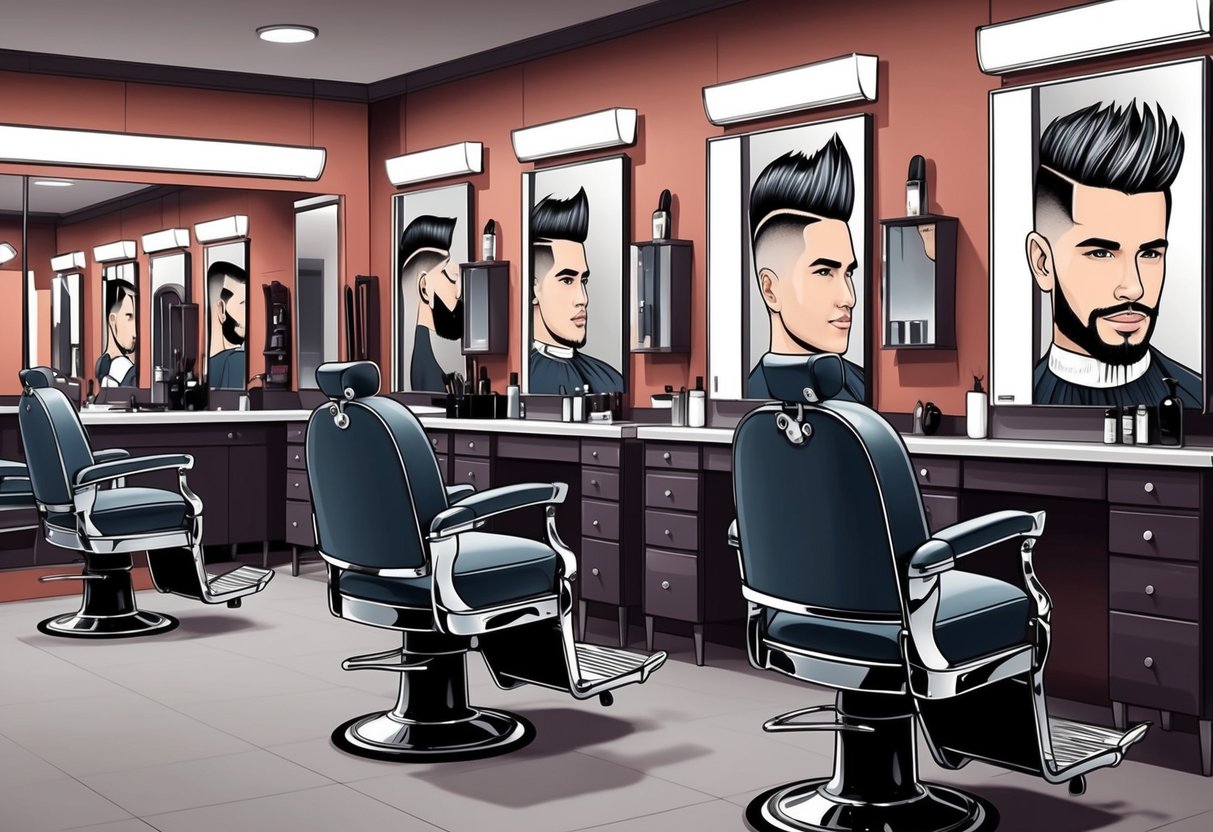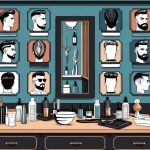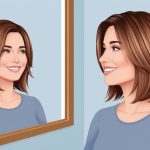
Modern Fade Variations
Modern fade haircuts come in several distinct styles. Each variation offers a unique appearance and level of contrast, making them suitable for different face shapes, hair types, and personal style preferences.
Taper Fade
The taper fade is defined by a gradual reduction in hair length from the top down to the neckline and around the ears. It maintains more length than a skin or bald fade, which gives it a more subtle, blended look.
This style works well for professional or conservative environments while still allowing for customization. Taper fades come in low taper fade and high taper fade variations.
The low taper fade starts the graduation close to the ears, producing a sleek, understated effect. The high taper fade raises the transition point higher up the head, giving a bolder silhouette.
For men who want versatility, the taper fade is easy to style with both short and longer hair lengths. Maintenance usually requires a trim every few weeks for the sharpest appearance.
Shadow Fade
The shadow fade is notable for its soft, blended transition between different hair lengths, rather than a sharp line or noticeable contrast. This technique creates a “shadow” effect, where the hair fades from very short at the bottom to longer at the top without exposing the scalp.
Compared to a skin fade, the shadow fade retains some hair even at its shortest point. This makes it a good choice for men who prefer a low-maintenance style that doesn’t reveal the scalp.
The shadow fade is suitable for various hair textures, including curly, wavy, and straight hair. It looks polished but not harsh, making it adaptable for both casual and formal settings.
More details about shadow fades and current fade haircut trends are available online.
Burst Fade
A burst fade stands out due to its unique shape. Unlike most fades that evenly reduce the length all around, the burst fade radiates the haircut outwards from just behind and around the ear, creating an arc or semi-circle effect.
It leaves more length at the back while keeping the temple area clean and tapered. This style pairs well with a mohawk or faux hawk, accentuating volume on top while keeping the sides tight.
The burst fade is especially popular among those looking to add flair to classic fades. It works well for most hair types and is often chosen by people seeking textured, eye-catching looks.
Regular upkeep is needed to preserve the crisp burst pattern.
Undercut Fade
The undercut fade combines the sharp disconnect of an undercut with the gradual blending of a fade. The top is left significantly longer than the sides and back, providing strong contrast and adding definition to the style.
This variation allows the wearer to style the longer top in different ways: slicked back, messy, or even with a pompadour. The sides, featuring a fade, can range from a mild taper to a dramatic skin fade.
For men wanting a fashion-forward appearance, the undercut fade is a statement choice that balances modernity with classic barbering. Learn more about popular fade haircut types for men that include the undercut fade and other options.
Choosing the Best Fade for Your Face Shape
Choosing a fade haircut that matches a man’s face shape can highlight his best features while creating balance and structure. Understanding one’s facial structure is the basis for selecting the most flattering fade style.
Identifying Face Shapes
There are several primary face shapes that affect how fade haircuts look: oval, square, round, oblong (rectangular), diamond, and heart. Men with oval faces generally have balanced proportions, while square faces feature strong jawlines and broad foreheads.
Round faces are wider at the cheeks with a softer jaw, and oblong faces are longer than they are wide. To determine face shape, measure the width of the forehead, cheekbones, and jawline, plus the length of the face from forehead to chin.
Oval faces are longer than wide, with rounded jaws. Square faces have equal width and length with angular features.
Recognizing these face shapes helps men narrow down fade haircuts that suit their features and proportions best.
Matching Fade Haircuts to Face Shape
The right fade haircut can enhance a man’s bone structure and create visual balance. Men with oval faces are fortunate, as most fade haircuts work well, including low fades and skin fades.
A mid fade adds sharpness to oval faces without elongating them. Square faces benefit from fades that maintain length on top, such as a high fade with textured volume, which softens the jawline.
For round faces, a high fade or drop fade with volume on top can elongate the face and reduce roundness. Oblong faces are complemented by low fades with heavier sides to avoid making the face appear longer.
Diamond and heart-shaped faces can balance prominent cheekbones with mid or taper fades, pairing them with a fringe or a side-swept top.



